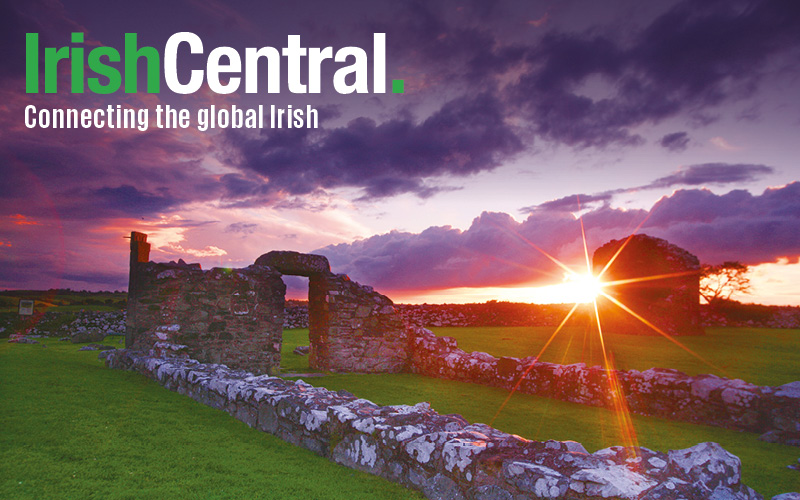This article from Charlie Flanagan, TD, Minister for Foreign Affairs and Trade was originally published on 29 June 2015 on the launch of the Ireland 2016 Global Diaspora program.
Today in Dublin, I launched the Ireland 2016 Global Diaspora program of flagship events to highlight the international dimension to events in Ireland one hundred years ago. I was joined at that launch by the Minister for Arts, Heritage and the Gaeltacht, Heather Humphreys.
The centenary of the 1916 Rising will be a proud moment for Irish America: a wonderful opportunity to consider the history and role of Irish America in the Rising and to look ahead with optimism to the future of US-Irish relations.
Minister Humphreys has supported Culture Ireland in developing a rich program of centenary events showcasing the best of Irish art and artists abroad, much of which will be focused on the United States. A three-week Irish arts festival, instigated by Ambassador of Ireland, Anne Anderson, will form the center-piece of this cultural activity. ‘Ireland 100: Celebrating a Century of Irish Arts and Culture’ will run from 16 May to 5 June 2016 at the John F. Kennedy Center for the Performing Arts in Washington D.C.
Moreover, I have tasked the Embassy and Irish Consulates across the U.S. to plan events with partners and to support their communities in telling the story of Irish America’s decisive role in the achievement of Irish freedom. Why? Because I believe that the extraordinary role that Irish America played in Irish affairs in that period needs to be acknowledged, and better understood.
The Proclamation of the Irish Republic recalls the support received for the cause of Irish freedom from “her exiled children in America” – a clear reference to the assistance received from immigrants and their children and grandchildren in Boston, in Philadelphia, in Chicago, in San Francisco, in New York and in so many other places that were then home, and continue to be home, to the Irish diaspora in the United States.
A case in point was New York – the virtual capital in exile for the Irish Republic. So many of the Proclamation’s signatories spent time in or around the city. James Connolly lived for many years in upstate New York and in New Jersey, spreading the trade-union message to Irish and non-Irish alike. Padraig Pearse came to the city looking for funds for his school, St. Enda’s, and to make contact with old Fenians like John Devoy. Tom Clarke worked as Devoy’s assistant at his newspaper for several years before returning to Ireland. Joseph Plunkett, wasting away from tuberculosis, made an arduous trip to New York in September 1915, to discuss plans with the few Irish-Americans who were in on the secret. And Roger Casement was in New York for months before setting off for Germany in hopes of raising a brigade of Irish prisoners of war.
These visitors rightly saw Irish America as a powerful ally and partner. They knew that from the time of the Great Hunger, the Irish in America had sought to play a role in Ireland’s struggle for independence. Irish-Americans sailed to Ireland after the American Civil War in hopes of joining the Fenian cause. Politicians like Charles Stewart Parnell and land reformers like Michael Davitt came to America for funds and for political support. John Redmond counted on the backing of Irish-Americans. And so did the Easter rebels.
What accounted for this extraordinary connection between Ireland and its exiled children in the bustling cities of the United States? To answer that, one need only look at the lives of Devoy and his contemporary, Jeremiah O’Donovan Rossa.
O’Donovan Rossa died on Staten Island on this very day in the summer of 1915 and was famously interred in Glasnevin Cemetery on August 1 of that year. Both were children of the Great Hunger, children who came of age on an island that was transformed by suffering and exile. They never forgot.
Next year, we will remember and commemorate that proud history and those strong bonds, as we work to protect and develop the ties between Ireland, our wonderful diaspora and all those who love our country in the United States.
For more information about the 1916 Rising Centenary program of events, visit www.ireland.ie




Comments